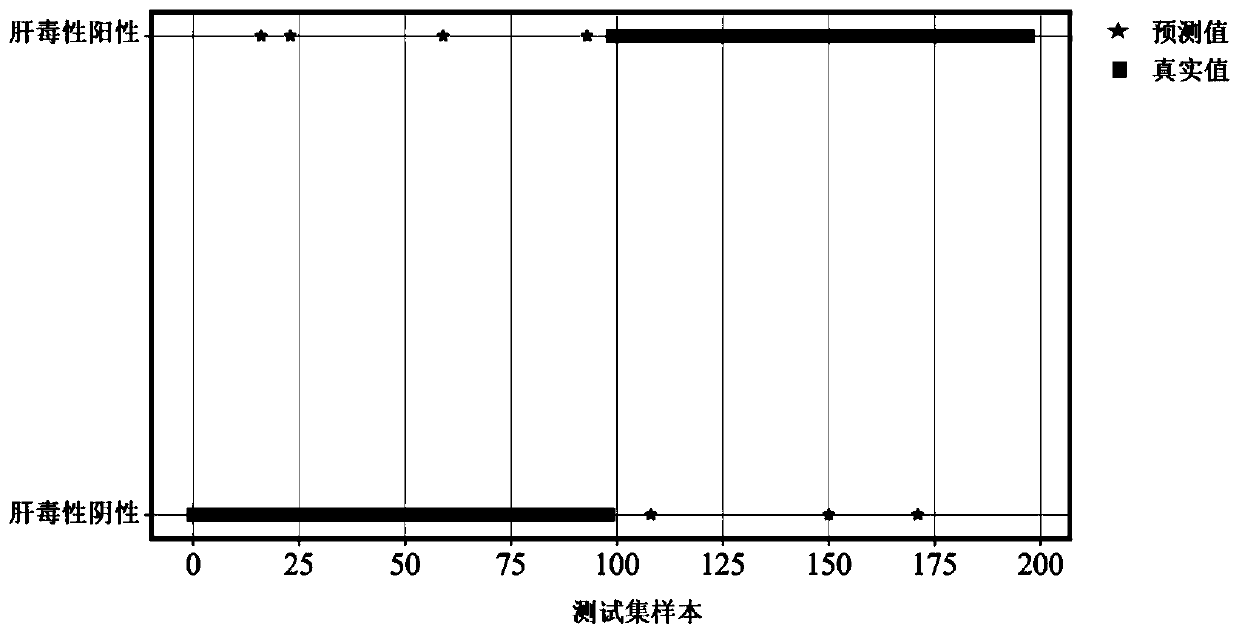Compound hepatotoxicity early prediction method based on deep learning and gene expression data
A technology of gene expression and deep learning, applied in the field of computer-aided drug screening, can solve problems such as the lack of biological significance of prediction results, the inability to predict drug liver toxicity in the early stage, and the inability to automatically learn feature information, etc., to achieve strong automatic feature learning capabilities, excellent Predictive performance, avoiding the effect of artificial feature selection
- Summary
- Abstract
- Description
- Claims
- Application Information
AI Technical Summary
Problems solved by technology
Method used
Image
Examples
Embodiment Construction
[0055] In order to make the purpose, technical solution and advantages of the present invention clearer, the technical solution of the present invention will be further described below in conjunction with the accompanying drawings.
[0056] A specific technical scheme of a method for early prediction of compound hepatotoxicity based on deep learning and gene expression data is:
[0057] 1. The gene expression data under the action of 87 compounds measured by the Affymetrix Gene Chip Rat Genome230 2.0 chip were collected from the Array Express database. The collected gene expression data samples are divided into five points according to the level of toxic lesions (severe, the lesion range is [75%, 100%]), Moderately Severe (moderately severe, the lesion range is [50%, 75%)) , Moderate (moderate, the lesion range is [25%, 50%)), Slight (mild, the lesion range is [1%, 25%)), Minimal (slight, the lesion range is [0%, 1%)) . In order to enable the constructed model to predict del...
PUM
 Login to View More
Login to View More Abstract
Description
Claims
Application Information
 Login to View More
Login to View More - R&D
- Intellectual Property
- Life Sciences
- Materials
- Tech Scout
- Unparalleled Data Quality
- Higher Quality Content
- 60% Fewer Hallucinations
Browse by: Latest US Patents, China's latest patents, Technical Efficacy Thesaurus, Application Domain, Technology Topic, Popular Technical Reports.
© 2025 PatSnap. All rights reserved.Legal|Privacy policy|Modern Slavery Act Transparency Statement|Sitemap|About US| Contact US: help@patsnap.com



